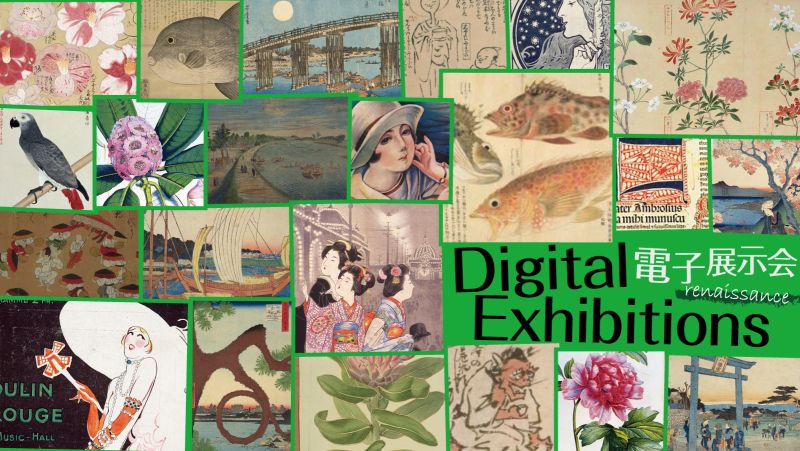Hina-ichi (Hina doll Market) and Hina Matsuri (Doll Festival)

March 3 is Joshi-no-Sekku, one of the five seasonal Sekku festivals. It is also called "Momo-no-Sekku" (Peach Festival) because peach blossoms bloom at this time of the year. In China, where the festival originated, there was a custom of purifying oneself by the waterside on this day and holding a party to exorcise bad luck. In Japan, the seasonal festival customs from China blended with ancient Japanese purification rites and the tradition of setting dolls adrift, creating a unique set of seasonal celebrations. The current hina dolls are believed to have originated from these dolls.
Initially a festival for the nobility, Hina Matsuri spread from Kyoto to Edo in the early Edo period, and by the mid-Edo period, hina-ichi (Hina doll market) began to open in towns before Hina Matsuri. Among the hina-ichi, the Jikkendana (ten shops) in Nihonbashi was famous. Edo Meisho Zue (Pictures of Famous Places of Edo) and Ehon Azuma Asobi (Picture Book of Play in the Eastern Capital) depict people purchasing dolls at the shops.
In the late Edo period, hina doll decorations became more extravagant. Alongside dairi-bina (dolls representing the emperor and empress), the sets expanded to include more kanjo (court ladies) and gonin-bayashi (five musicians), accompanied by an increased number of display tiers.
As the Meiji period began, the abolition of the five seasonal festivals led to a temporary decline in Hina Matsuri. However, it experienced a revival by the mid-Meiji period. In the 1894 (Meiji 27) edition of Fuzoku Gaho magazine, there is a depiction of the hina-ichi at Jikkendana. In addition, department stores such as Mitsukoshi and Shiroki-ya began to sell hina dolls on a large scale.
The custom of buying hina dolls at the hina-ichi and displaying them at home to prepare for and celebrate the festival continues, albeit with some changes over time.
